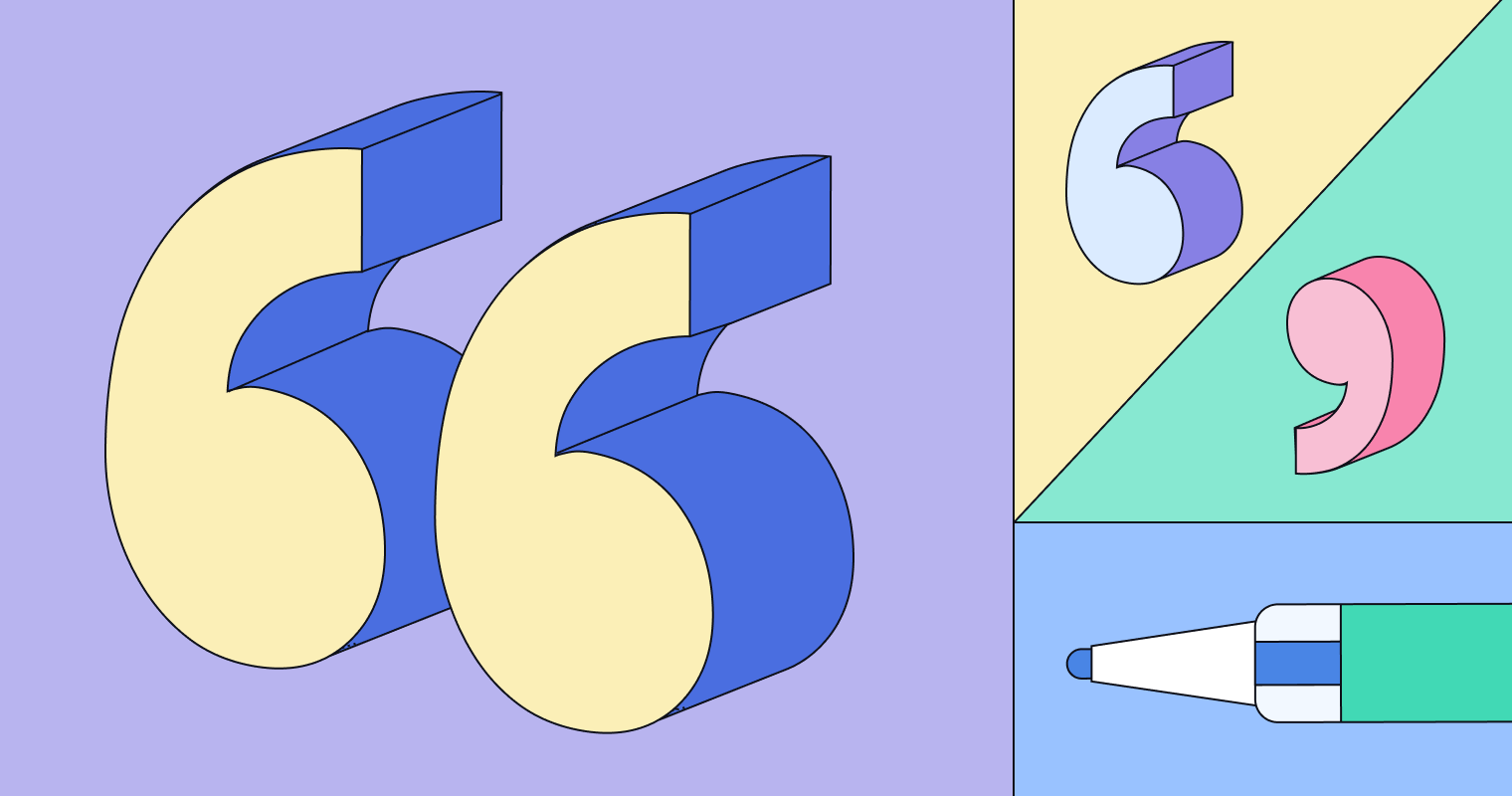The ‘bossy’ colon is an important punctuation mark: it commands attention, offers more information and adds emphasis. It looks like this: :
The main use of a colon is to signal that additional detail is to come. Straus, Kaufman and Stern (2014), writing in The Blue Book of Grammar and Punctuation, suggest that when a colon is used correctly, you should be able to substitute the phrases ‘that is to say’ or ‘here’s what I mean’.
You can also watch Dr Lisa Lines’ video on how to use the colon on our YouTube channel.
Colons Provide More Information
A colon can be placed after a complete sentence to introduce a series, a list or additional information. For example, ‘My family is going on holidays: first to the Bahamas, then to Sweden’.
If we check this example with the trick from Straus et al., it makes sense: ‘My family is going on holidays, that is to say, first to the Bahamas, then to Sweden.’ Similarly, Mignon Fogarty from Grammar Girl recommends substituting the word ‘namely’ for the colon to check that your usage is correct. Colons should not be used after an incomplete sentence, also called a sentence fragment, to introduce additional detail.
Incorrect Usage of a Colon
Here’s an example of incorrect usage. In this example, the sentence fragment before the colon is not a complete sentence: ‘The equipment needed for class is: pens, notepad, laptop and day planner’. Here, ‘The equipment for class is’ is not a standalone sentence. This could be corrected by adding ‘the following’ to the sentence fragment. For example, ‘The equipment needed for class is the following: pens, notepad, laptop and day planner’.
Using Colons for Emphasis
A colon can be used to introduce a word, clause or phrase that amplifies, summarises or contrasts what has come before it.
In both examples above, you will notice that the part of the sentence that follows the colon does not have to be a complete sentence. In fact, the part of the sentence that follows the colon doesn’t have to be lengthy at all. Sometimes a colon is used to emphasise a particular idea. Note how the colon in the example below gives an emphatic punch to the words after the colon.
‘She got exactly what she deserved: a failing grade.’
‘His mind kept coming back to one thing: Shannon.’
Colons to Introduce Long Quotations
A colon can also be used to introduce a direct quotation. For example:
This contention is supported by Paulo Coelho (2007): ‘The fear of suffering is worse than suffering itself. And no heart ever suffered when it went in search of its dreams.’
Using Colons in Dialogue and Scripts
Play scripts often include colons to indicate a speaker and their dialogue. For example, the interchange between Miranda and Prospero in The Tempest could be written like this,
Miranda: Oh, wonder!
How many goodly creatures are there here!
How beauteous mankind is! O brave new world,
That has such people in ’t!
Prospero: ’Tis new to thee.





